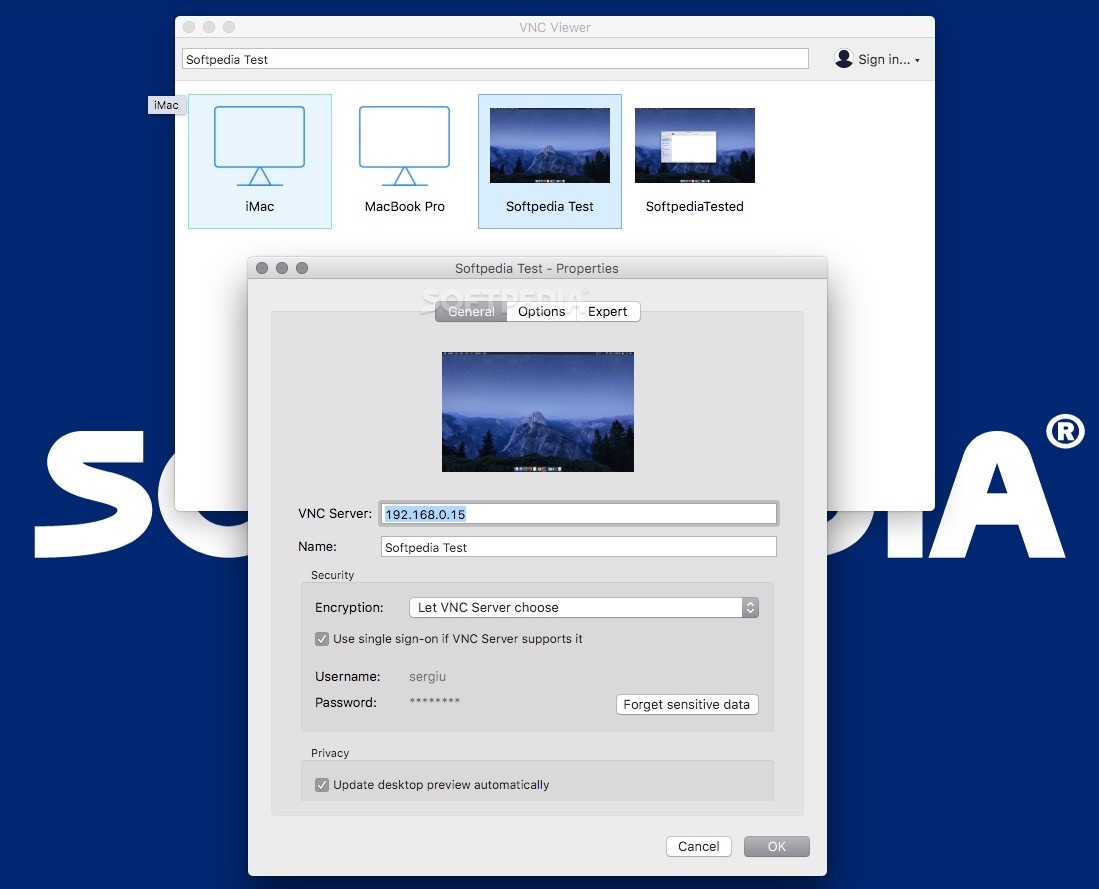

We conduct an in-depth case analysis of web hosting solutions including: Shared, Virtual Private, Dedicated and Cloud Hosting. Section 5: Web Hosting and System Requirements Students will gain an understanding of all the steps involved in the web development process. Section 3, 4: (The Web Development Process, Planning a Website) The role of Network Ports and Firewalls are also introduced. This section will also teach students how email exchange works over SMTP and IMAP. Next we take a look at the HTTP and HTTPS protocols as applicable to client and server side communications - including DNS Lookups. We then explore how the internet works, including the composition and transmission of data packets over both local and wide-area Networks. The course begins with with an overview of learning objectives. Section 1 & 2 (Introduction, How the Internet Works) We go through several live examples of web development and Linux based server configurations on popular Cloud hosting providers such as Linode. This includes small informational websites of only a few pages to advanced 'big data' style, dynamic web applications. Through live demonstrations we teach the importance of using scalable cloud hosting infrastructures during the development process. This course is specifically intended to teach students to develop web applications using the most efficient methods and the latest web technologies. Each module starts with the fundamental concepts and gradually transitions into more advanced material. The concepts explored in this course are suitable for individuals of all skill levels. The content is ideal for those interested in working as a web developer, launching a web application, or devoted enthusiasts. This course offers a comprehensive look into the entire web development process - from local server configuration using WAMP and MAMP (Apache, MySQL, PHP) to production deployment using the latest web technologies including: LAMP Stack (Linux, Apache, PHP and MySQL) for Ubuntu, HTML5, CSS, Bootstrap, JavaScript, jQuery, XML, and AJAX. You can also continue using 14.04 LTS or 16.04 LTS if you prefer, as the content is compatible with all versions.

#XVNC VIEWER FOR MAC PASSWORD#
Set vnc password which we will use while accessing this system from VNC Viewer - ~]# vncpasswd Password: Verify: Would you like to enter a view-only password (y/n)? y Password: Verify: ~]# cp following lines to service file - (user name can be changed to any as per your requirement, here I am using root) ~]# vim Description=Remote desktop service (VNC) After=syslog.target network.target Type=forking ExecStartPre=/bin/sh -c ‘/usr/bin/vncserver -kill %i > /dev/null 2>&1 || :’ ExecStart=/sbin/runuser -l root -c “/usr/bin/vncserver %i -geometry 1280x1024” PIDFile=/root/.vnc/%H%i.pid ExecStop=/bin/sh -c ‘/usr/bin/vncserver -kill %i > /dev/null 2>&1 || :’ WantedBy=multi-user.This course is fully compatible with the latest versions of Ubuntu (20.04 LTS, 18.04 LTS).
#XVNC VIEWER FOR MAC INSTALL#
Install vnc server software on the Linux Box which we want to access from our Mac Client - ~]# yum install tigervnc-server -y Installing : tigervnc-server-1.8.0–19.el7.x86_64 1/1 Verifying : tigervnc-server-1.8.0–19.el7.x86_64 1/1 Installed: tigervnc-server.x86_64 0:1.8.0–19.el7 Complete!


 0 kommentar(er)
0 kommentar(er)
